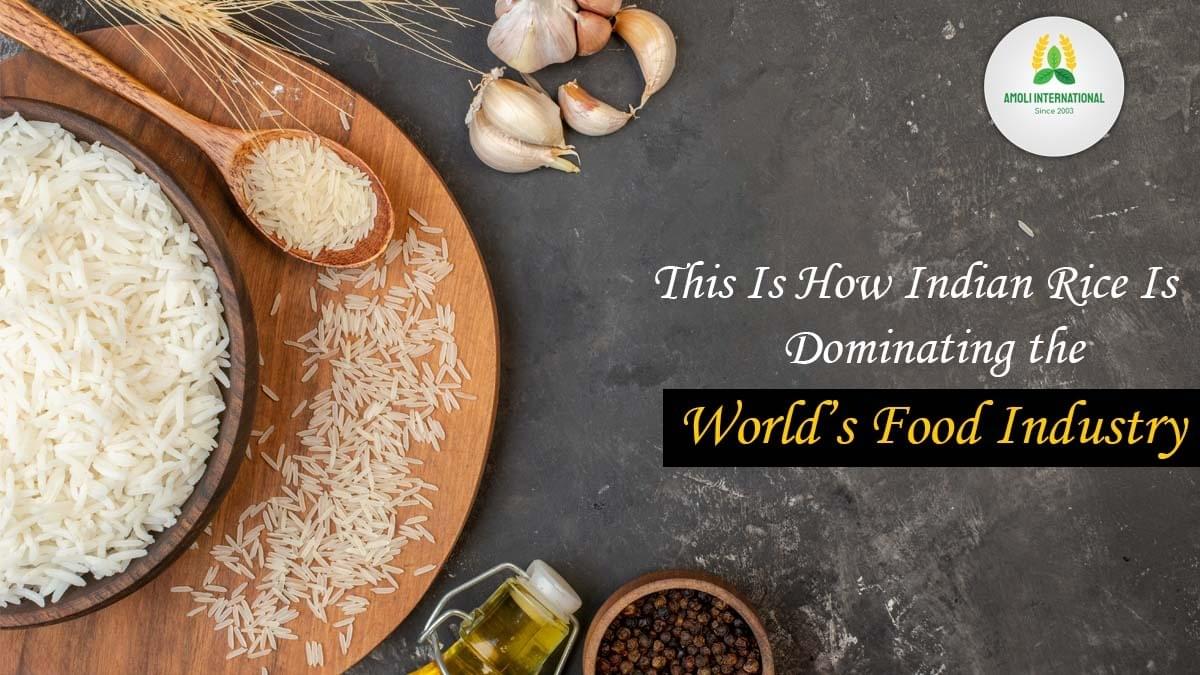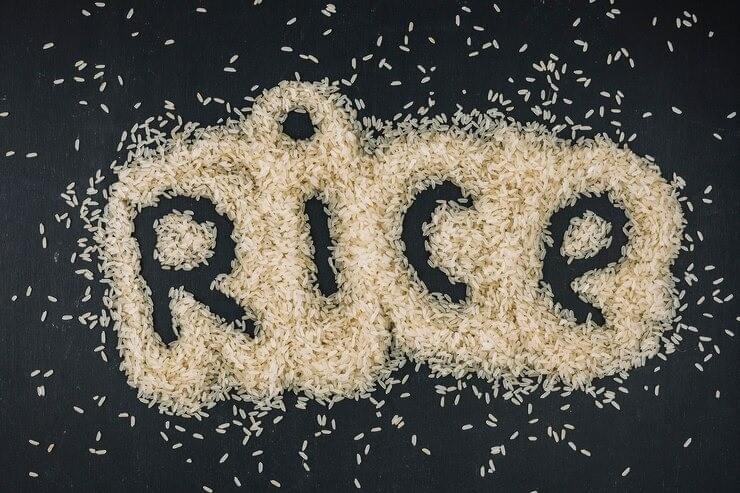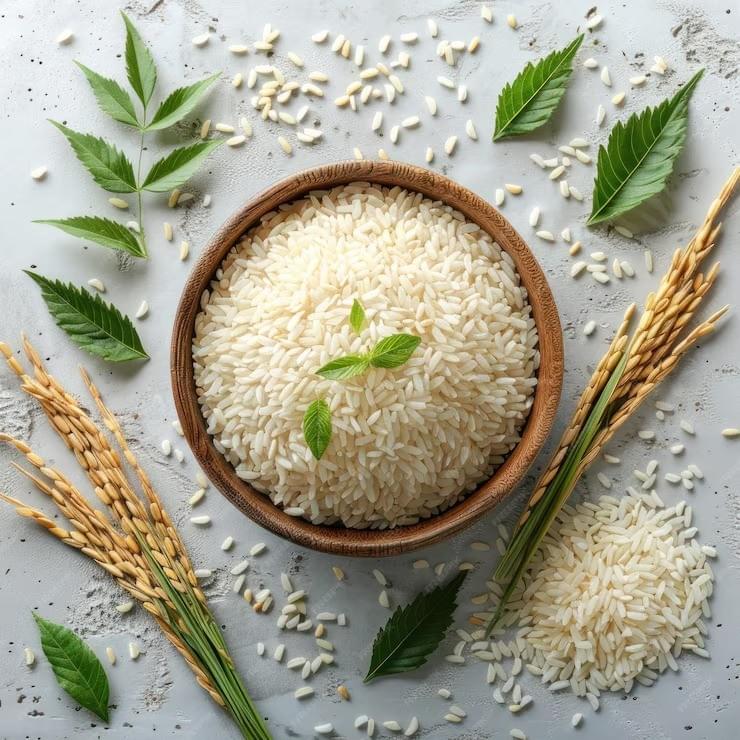
Indian rice is undoubtedly one of the purest rice one can findin the entire world. Due to its taste and high quality, India has emerged as the largest rice exporter in the world. India deliver around 40% of the total global rice trade (55.6 MMT) in 2022.
When the Government of India stopped exporting non-basmati white rice on 20 July 2023, several countries were in shock. At that time, the Indian community residing in the U.S. rushed to the stores, buying rice in large quantities. This shows the dependence of Indian rice production on the world’s food industry.
Factors Responsible For the Dominance of Indian Rice

● Production & Market Trends
India comes in second place when it comes to production of rice. In India, the major rice cultivation takes place in the Kharif season, involving the sowing of crops during the month of June-July and the harvesting in November-December.
Being a water-intensive crop, rice demands a hot and humid climate. Almost every state of India grows rice. UP, Punjab, West Bengal, Telangana, and Tamil Nadu come at the top of this list. India was exporting the most rice quantity to Bangladesh during 2017-2021. India traded Basmati rice worth during Apr-Dec of 2022-2023, which was worth 3.33 billion US Dollars.
● Large Market For Indian Rice
India had an exponentially growing rice market of 50 billion US Dollars, as of 2021. India not only stands as the largest rice producer but also as the biggest consumer worldwide. Rice has always been one of the basic food items for the people of India. The increasing population and rising incomes have caused such a huge demand for rice in India. Almost every Indian family includes rice in their diet at least once a day.
● Support of Government In the Rice Sector
Also, the Indian government especially takes of the rice sector through various measures. The Indian government assists in the promotion of a variety of premium rice. They have also helped build infrastructure for the transportation and storage of rice.
The Indian government realized the potential of rice production and demand long ago. When such huge support is coming from the government, it does not seem surprising that the Indian rice industry has grown this much. The government will continue to contribute to the rice sector so that the country can maintain and grow its image and dominance. Furthermore, the contribution of India to the global rice trade can help India emerge as a suitable candidate for the leadership of the Global South in G-20.

● The Help of Growing Technology In Rice Cultivation
We witness that technical advancements have always benefited almost every sector. For decades, the farmers in India have been growing rice with knowledge developed from experience. Initially, many farmers were against the use of modern technology in agriculture. But when they saw outstanding results driven by the incorporation of new techniques, they were convinced to follow this new farming trend.
Modern farming techniques, like GPS-based planting, precision agriculture, and harvesting systems, have contributed to the increase in yields and minimized waste in the overall rice production of India.
Conclusion
India’s large fertile land, hard-working farmers, and commitment to fulfilling the demand of the rice market worldwide have led India to this position in the global rice trade. India’s dominance in the rice industry will continue to grow exponentially, and hence, the country will hold the spot of the top rice importer in the world.

